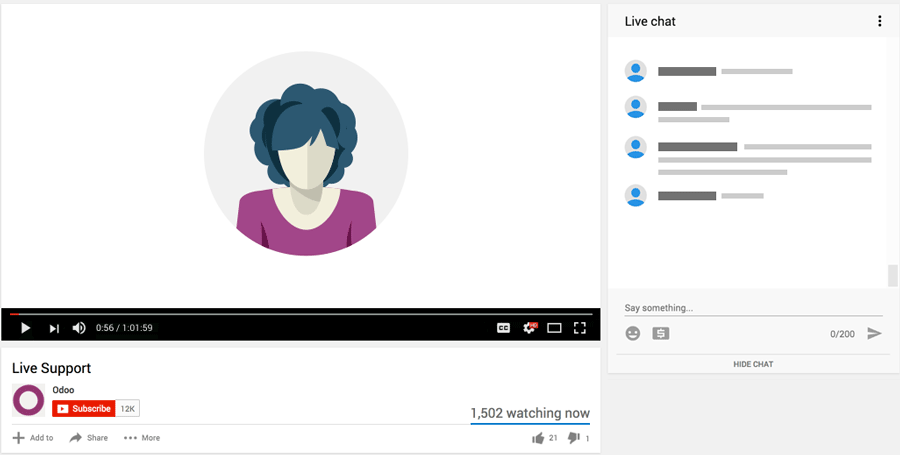If you sell the products before you process the Landed Cost adjustment, then the amount that SHOULD have been booked to inventory (which not can't because the inventory is sold) will be booked to COGS instead.
Landed Cost and corresponding Journal Entry for a regular adjustment when the $500 is adjusted PRIOR to any sales:


Landed Cost and corresponding Journal Entry for a regular adjustment when the $500 is adjusted AFTER half the items are sold:


You can see the first two lines are the same as the prior example - book the entire additional expense to Inventory.
The next two lines take HALF of this amount OUT of Inventory, because half of the products have been sold [quantity of 50], so it is reducing the impact of the first two lines by 50% in this case.
The last two lines reclass the amount to Cost of Goods, so you end up with the correct Inventory debit and the correct COGS credit at the end.

